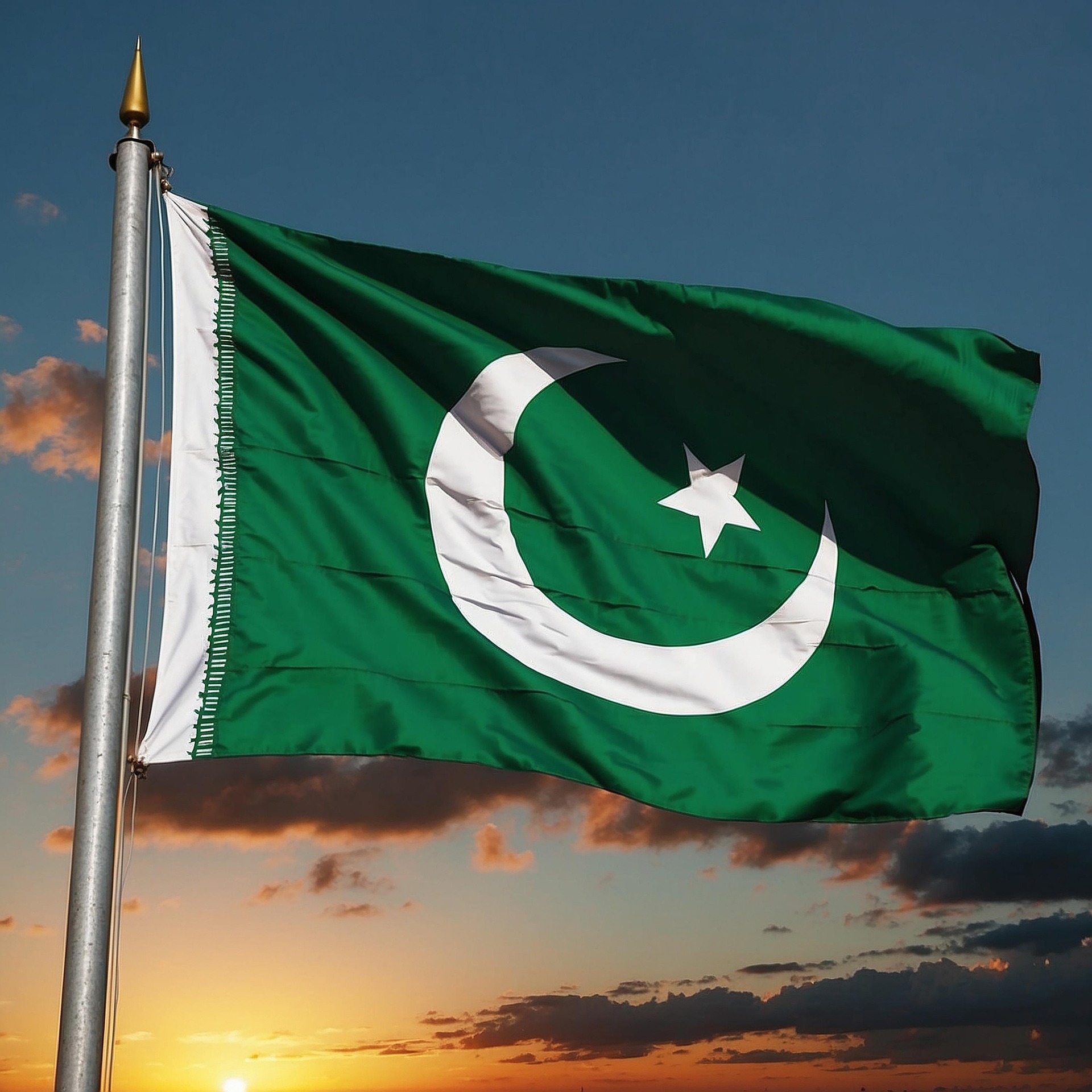Pakistan 2025 Budget:Pakistan’s $62 billion federal budget for 2025–26 promises recovery and reform but is dominated by debt servicing, increased defense spending, and poor development allocation. A closer look reveals that Pakistan’s economic revival may be more illusion than reality.
Pakistan 2025 Budget
Pakistan has unveiled its federal budget for the fiscal year 2025–26, projecting a path toward economic recovery. Valued at approximately $62 billion, the budget suggests fiscal restraint and reformist intent. However, a deeper dive into the numbers reveals a far more sobering reality — one where debt obligations, poverty, and structural inefficiencies continue to cripple genuine progress.
The most dominant feature of the budget is the massive allocation to debt servicing, which accounts for a staggering 46.9% of total spending. This means nearly half of all federal resources are committed just to paying interest on existing loans, leaving little room for development, relief, or innovation. In contrast, defense spending has been increased to 7.2%, reflecting a 20% surge from the previous year. This spike comes at a time when the country is facing severe economic distress, with high inflation, a struggling rupee, and widespread joblessness.
Other allocations include 12.4% for civil government and administrative expenses, 6.7% for grants and transfers, and 6.5% for subsidies. While these figures reflect a typical budgetary spread, their effectiveness is questionable given the government’s limited fiscal space. Provincial Annual Development Programs (ADPs) have been allocated 13.7%, while the Federal Public Sector Development Program (PSDP) stands at 4.8%. Projects for state-owned enterprises (SOEs) receive a minimal 1.7%, indicating limited investment in public-sector reforms or institutional strengthening.
Despite these constraints, the government is projecting GDP growth of 4.2% for the coming year, a significant jump from the 2.7% estimated for the ongoing fiscal cycle. However, this optimism appears misplaced when compared with regional peers. South Asia averaged 5.8% growth last year, and the Asian Development Bank anticipates a 6% growth rate for the region in 2025 — both considerably higher than Pakistan’s target.
Once a shining beacon, Pakistan’s agricultural sector has also lost momentum. After a remarkable growth of over 6% in 2023–24, largely due to record wheat and cotton harvests, output has now plummeted to a meager 0.56%. Worsening water shortages and climatic disruptions have dealt heavy blows to crop productivity. Industrial and services sectors, too, remain under pressure due to inconsistent policies, high borrowing costs, and weak investor confidence.
International lenders, particularly the IMF, are exerting pressure on the government to broaden the tax base. Proposed reforms aim to include the agriculture, retail, and real estate sectors in the formal tax net. While economically rational, these measures risk triggering further stress in sectors that are already underperforming or are politically sensitive.
Perhaps the most alarming indicator of economic distress is the soaring poverty rate. The World Bank now estimates that 44.7% of Pakistanis live below the poverty line, up from 39.8%. Even more troubling is the increase in extreme poverty, which has jumped to 16.5%, a dramatic rise from just 4.9%. Based on updated global poverty thresholds, nearly 88.4% of Pakistan’s population earns less than $3.80 per day. These grim figures are based on outdated household data from 2018–19, and do not reflect the aftershocks of the COVID-19 pandemic or the devastating 2022 floods.
Though the budget shows alignment with IMF expectations and appears fiscally disciplined on paper, it falls short on addressing deep-rooted structural challenges. Issues such as the energy sector’s circular debt, lagging provincial development, and ballooning interest payments continue to be brushed aside. Meanwhile, the average citizen faces rising food prices, fuel shortages, and economic uncertainty.
In essence, Pakistan’s 2025–26 federal budget, despite its optimistic rhetoric, seems to mask a far more precarious economic condition. With nearly half of the budget eaten up by debt servicing, and poverty reaching alarming levels, the government’s claims of recovery appear more aspirational than achievable. Without bold reforms, improved governance, and real investments in people and infrastructure, this budget risks becoming yet another chapter in Pakistan’s ongoing economic illusion.
Disclaimer:
This article is for informational purposes only and does not constitute financial or policy advice. All figures are based on publicly available data as of June 2025.

